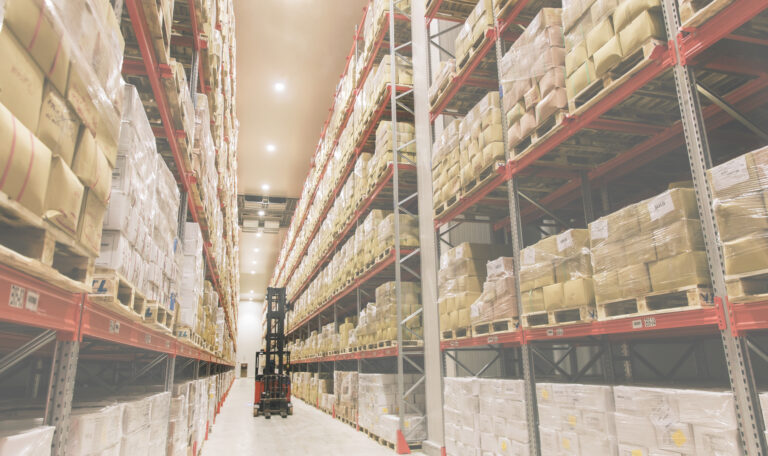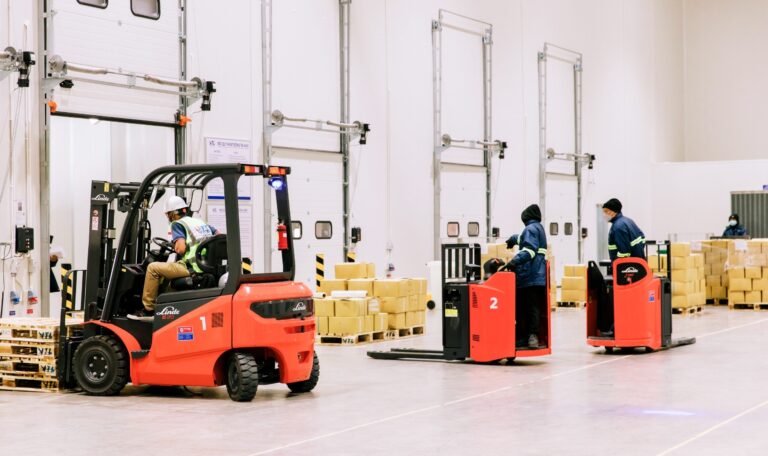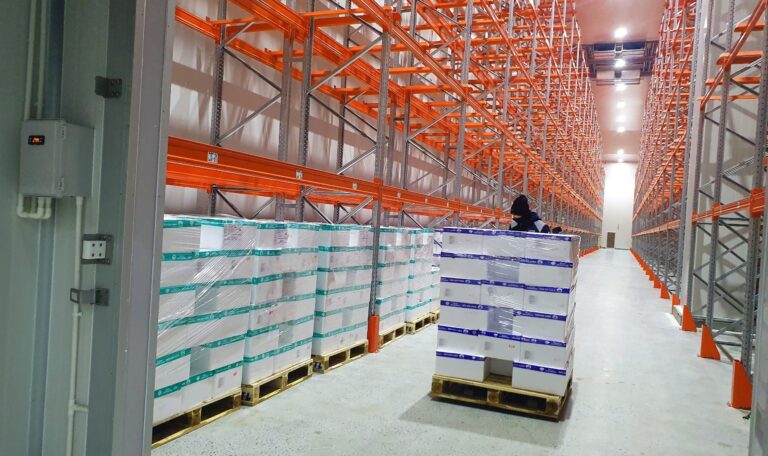Cold Warehouse
Cold warehouse in logistics is the process and technology that allows for the safe transport of temperature-sensitive products and goods along the supply chain. Cold warehouse in logistics involves maintaining a constant low temperature for the products, usually by using refrigerated trucks, containers, warehouses, or distribution centers. Cold storage in logistics is essential for preserving the quality, freshness, and safety of various products, especially perishable goods like food and pharmaceuticals.
Some examples of products that require cold storage in logistics are:
- Fresh produce, such as fruits, vegetables, flowers, and herbs
- Frozen foods, such as meats, seafood, ice cream, and frozen desserts
- Dairy products, such as milk, cheese, yogurt, and butter
- Beverages, such as juices, soft drinks, beer, and wine
- Pharmaceuticals, such as vaccines, insulin, blood products, and biologics
- Chemical products, such as additives like emulsifiers, flavoring agents and preservatives like ascorbic acid, sulfites, acetic acid, nisin…
- Technology products, such as batteries, semiconductors, and LCD screens
Cold warehouse in logistics is a complex and challenging process that requires careful planning, coordination, monitoring, and control.
Some of the factors that affect cold storage in logistics are:
- Temperature range: Different products have different optimal temperature ranges for storage and transport. For example, fresh produce usually requires temperatures between 2°C and 8°C, while frozen foods require temperatures below -18°C. Cold warehouse in logistics must ensure that the temperature is maintained within the appropriate range throughout the supply chain.
- Humidity level: Humidity can affect the quality and shelf life of products by causing condensation, mold growth, or dehydration. Cold warehouse in logistics must control the humidity level to prevent moisture loss or gain in the products.
- Air circulation: Air circulation can help to distribute the cold air evenly and remove excess heat from the products. Cold warehouse in logistics must ensure adequate air circulation to prevent hot spots or cold spots in the storage or transport units.
- Packaging: Packaging can protect the products from physical damage, contamination, or theft. Cold storage in logistics must use suitable packaging materials and methods to ensure product integrity and security.
- Tracking: Tracking can provide visibility and traceability of the products along the supply chain. Cold warehouse in logistics must use reliable tracking systems and devices to monitor the location, temperature, humidity, and condition of the products.
WHY VELA?
Reliability
- One-stop services include warehousing, domestic transportation, customs clearance, international freight
- Optimize logistics costs
Quality & Control
- Expert at warehouse operation: bonded warehouse, DC, CFS warehouse, Fulfillment center, cold warehouse
- Risk & Exception identification and management
- KPI improvement
Visibility & Security
- Real-time data update, order track & trace on WMS
- Track orders inbound, outbound and real-time inventory information
- Dashboard Management
Productivity & Performance
- Flexible in planning and execution
- Stable resource operation in peak season
- Performance measuring & reporting



